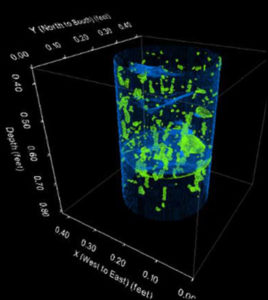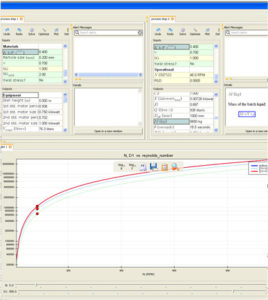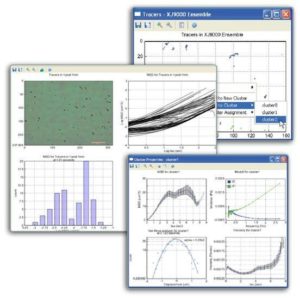Case Studies
Overcome slow and tedious nature of core analysis Core analysis provides ground truth data of rock properties, and can be time consuming and expensive to collect. Often, measured properties are known only at plug locations within the core, and conventional sampling can miss important heterogeneity that is critical for determining reservoir properties. Core analysis generates…
Read MoreChallenge A significant part of Procter and Gamble’s (P&G) manufacturing involves mixing fluids. P&G spends resources to design mixing systems that optimize this process. Many of the engineers responsible for designing production processes are not experts in mixing, but also do not need the complexity of a computational fluid dynamics tool like Virtual Mixing System…
Read MoreCHALLENGE Rheology, the analysis of non-Newtonian fluid properties, conventionally requires cumbersome experimental setups with centrifuges and substantial quantities of test fluid. The technique of microrheology, pioneered at Harvard’s Experimental Soft Condensed Matter Group, consists of capturing the motion of micron-scale tracer particles in the test fluid through a microscope. The statistical analysis of the Brownian…
Read MoreA time consuming and tedious process for running virtual mixing experiments A significant part of Proctor and Gamble’s (P&G) manufacturing involves mixing fluids. P&G spends resources to design mixing systems that optimize this process. Manufacturing enough new tanks and impellers to physically experiment with all of the design parameters is much too expensive, so CAD…
Read MoreDetermine if AI and machine learning techniques can be used to more efficiently analyze seismic volumes Seismic is the first field measurement in the oil exploration process. Offshore, hundreds of square miles can be covered in single survey, generating terabytes of data. Petroleum geophysicists must analyze this volume of data to identify potential hydrocarbon reservoirs.…
Read More- « Previous
- 1
- 2




